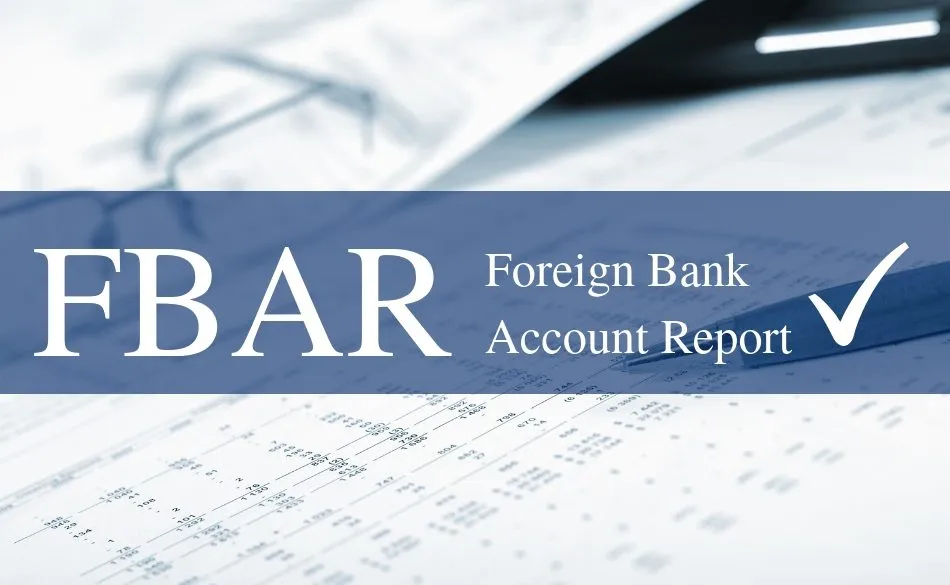 WhatsApp
WhatsApp
 Call Us
Call Us
 Email Us
Email Us
 Whatsapp Community
Whatsapp Community

In recent times, the upward trajectory of gold prices has left many puzzled, especially considering the typical inverse relationship between equities and gold. As both the stock market and gold prices reach unprecedented highs, it's imperative to dissect the underlying reasons behind this surge and evaluate its implications, particularly for the Indian economy.
Why are Gold Prices Rising?
1. Fall in Dollar Index: The inverse relationship between gold prices and the US Dollar Index (DXY) is a key factor driving the current surge. As the Dollar Index weakens, gold prices tend to rise due to increased demand, especially as gold is denominated in US dollars globally.
2. Expectation of Interest Rate Cuts by the Fed: Anticipation of interest rate cuts by the Federal Reserve stimulates gold demand. Lower interest rates reduce the opportunity cost of holding gold, making it a more attractive investment compared to interest-bearing assets.
3. Chinese Demand: China's increasing appetite for gold, evidenced by the central bank's bolstering of gold reserves, contributes significantly to the surge in gold prices. Moreover, the emerging trend of gold buying among young Chinese consumers further fuels demand.
Impacts of Rising Gold Prices
For Consumers:
Purchasing Power: Higher gold prices may diminish consumers' purchasing power, particularly in regions where gold holds cultural and ceremonial significance.
Substitution Effect: Consumers might opt for alternative materials or assets for jewelry and other purchases if gold prices become prohibitively high.
On the Global Economy:
Inflation Expectations: Rising gold prices often signal increased inflation expectations, influencing monetary policy, interest rates, and economic growth.
Risk Sentiment: Fluctuations in gold prices can impact market sentiment and risk appetite, especially during economic uncertainty.
For Central Banks:
Reserve Management: Central banks holding gold reserves benefit from the appreciation of their reserves as gold prices surge.
Monetary Policy: Gold prices may influence central banks' decisions, particularly in economies where gold plays a pivotal role.
On Governments:
Export Earnings: Gold-producing nations enjoy increased export earnings as gold prices rise.
Fiscal Policy: Governments may adjust fiscal policies, such as taxation and regulation of the gold mining industry, in response to changing gold prices.
Impact on the Indian Economy
Current Account Deficit (CAD): India's substantial gold imports contribute to a widening CAD when gold prices surge, adding pressure to the country's balance of payments and potentially depreciating the domestic currency.
Import Bill: Higher gold prices inflate the import bill for gold, affecting India's trade balance and exerting pressure on foreign exchange reserves.
Government Revenue: Increased gold prices lead to higher import values, resulting in augmented government revenue through import duties.
Gold Loan Market: A surge in gold prices impacts the gold loan market, influencing borrowing values and liquidity in the economy while also posing default risks for borrowers.
Jewelry Industry: Higher gold prices raise production costs for jewelers, affecting profit margins and potentially shifting consumer preferences towards alternative materials.
In conclusion, the surge in gold prices reflects a confluence of global factors and has far-reaching implications for various sectors of the Indian economy. Understanding these dynamics is crucial for stakeholders to navigate the evolving economic landscape effectively.







Stay in the loop, subscribe to our newsletter and unlock a world of exclusive updates, insights, and offers delivered straight to your inbox.